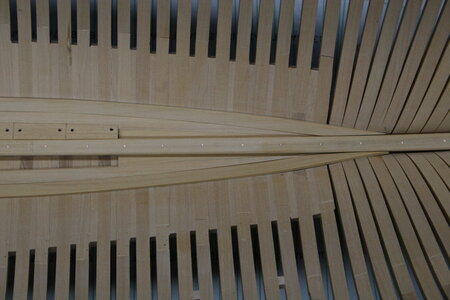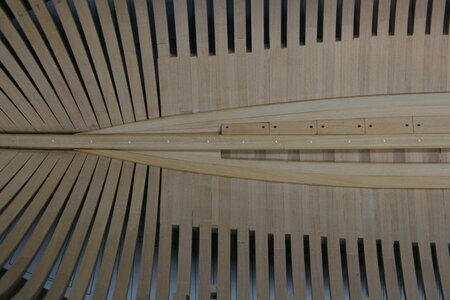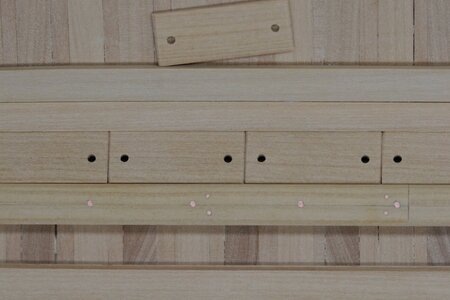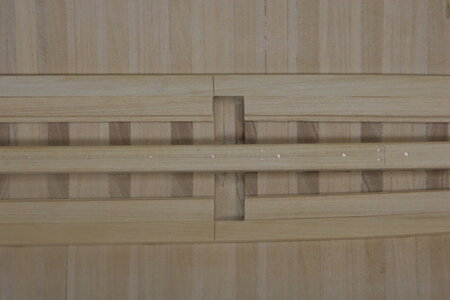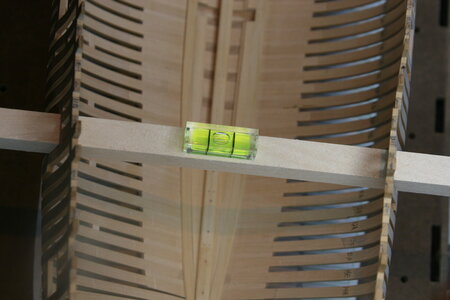My thanks to everyone who offered encouraging words and suggestions for how I should address this little problem. I wish I could tell you that I allowed some time away from the model for careful formulation of a restorative plan. But it turns out I lack that level of personal maturity. For the record, this unwillingness (inability?) to allow problems the necessary resolution time got my keester in a ringer working on the hull of my Vasa so it would seem that I am untrainable in this regard.
I tried to locate line drawings that would provide some insight but all I could find was guidance regarding the
outside of the hull. I then used some long-armed calipers to measure the thickness of the bollard and hawse timbers and realized just how thick I had left these in the lower half of the hull. I then pulled up my collection of Kingfisher build logs and became further convinced that the issue resided in the thickness (not the position) of the bollard and hawse timbers.
Some careful work with woodworking chisels and then a variety of sanding tools consumed the next two work sessions.
As a reminder, here is where I was on Friday:
View attachment 393747
After now just a few minutes ago:
View attachment 393749
Not perfect, but I think I'm back in the game... Sadly, I cannot be fully confident that my solution was the proper one. If it's not...well, let's hope I don't need to go there...
Thank you for your ongoing interest and involvement with this build report!





 .
.
